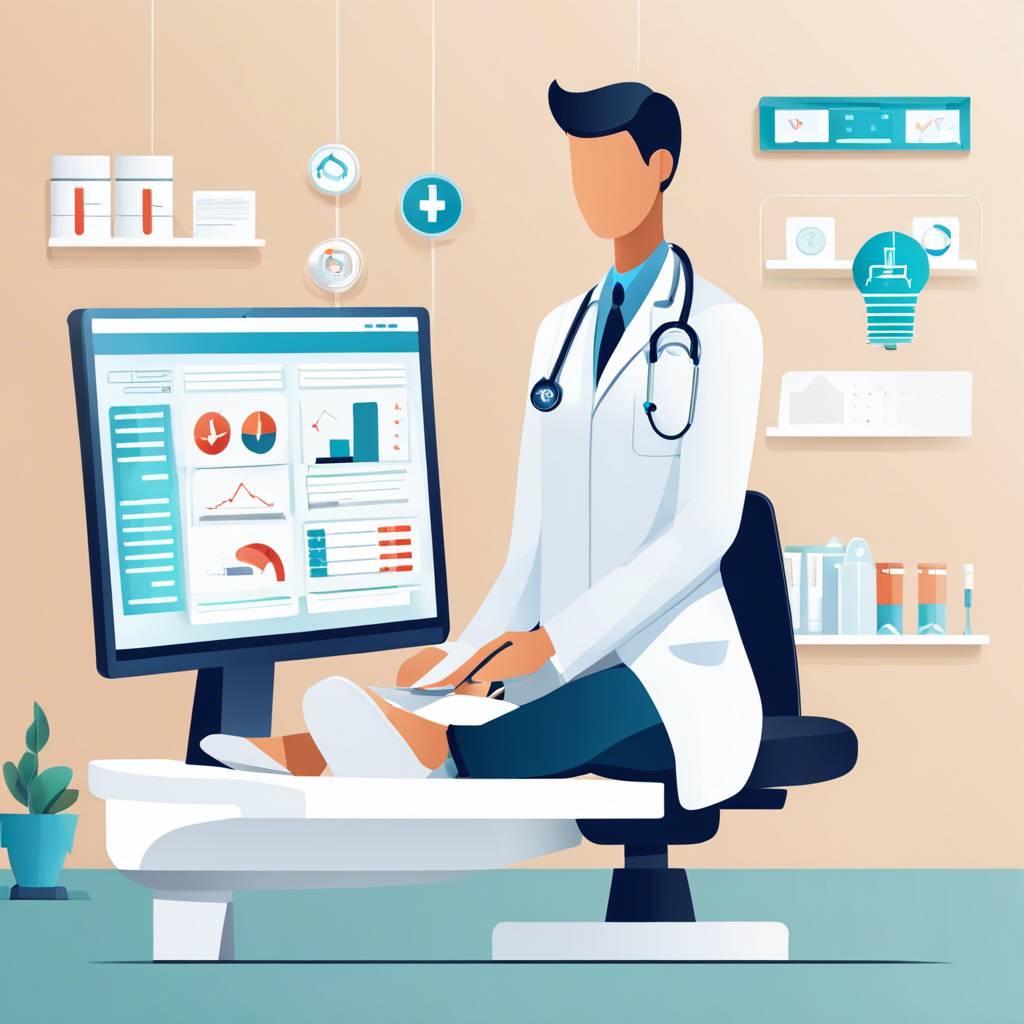In the evolving landscape of healthcare, particularly within the realm of podiatry, advancements in artificial intelligence (AI) and computing are reshaping how practices operate and serve patients. With tech behemoths like Microsoft spearheading the adaptation of AI through partnerships such as that with OpenAI, it’s a testament to the transformative power of technology—a shift that can be leveraged in the field of medical billing, including podiatry billing services.
For podiatry practices, the intersection of AI and computing heralds a new era of efficiency and precision. AI can optimize practice management, facilitate the storage and analysis of patient data, and streamline billing processes. Embracing these technologies not only provides a competitive edge but also frees up valuable time for practitioners to focus on patient care rather than administrative tasks.
A particularly interesting development discussed at a recent Davos meeting was Microsoft head Satya Nadella’s endorsement of the Rabbit R1, an AI-powered standalone hardware that sold out within hours of its release. The device runs on the Large Action Model and represents the concept of computer systems having an AI agent to manage user interactions, moving away from the traditional model heavily reliant on discrete applications. This sort of innovation underlines the increasing role AI plays in day-to-day operations.
For podiatry practices, AI integration can take many forms, but one of the most beneficial is undoubtedly through a podiatry billing service. By automating essential parts of the billing process, AI can help practices minimize errors, ensure compliance, and boost revenue. For instance, AI can assist in accurately coding claims, which is critical to receive timely payments from insurance companies. The consistent formatting and error checking capabilities of powerful AI tools lead to fewer denied claims and a smoother revenue cycle for practices.
In the context of medical billing, this could mean faster claim processing, more accurate payment tracking, and even predictive analysis for patient payment behaviors. For instance, medical billing NJ and parallel regions can be complex, with various state-specific regulations, but AI can help navigate these intricacies with relative ease.
AI can also aid podiatry practices in patient interactions by providing virtual assistance for scheduling or answering common patient inquiries regarding billing. This use of AI can improve patient satisfaction and allow front-office staff to dedicate attention to more complex tasks that contribute to the financial health of the practice.
Moreover, Nadella’s discussion of AI’s potential in accelerating progress across different sectors is equally applicable to healthcare. AI-powered analytics can lead to better patient outcomes and more personalized care plans. For a podiatry billing company, AI’s data-crunching abilities can identify patterns in denial rates and reimbursement trends, enabling practices to adapt their billing strategies accordingly and capitalize on potential opportunities for better profit margins.
Despite regulatory investigations and debates, such as those surrounding Microsoft’s involvement with OpenAI, the relentless march of technology is undeniable. For podiatry practitioners in states as diverse as Tennessee, Pennsylvania, and California, it’s a call to action to future-proof their practices with state-of-the-art solutions that emphasize efficiency and patient satisfaction. The adoption of AI in podiatry billing NJ or any other regional practice can lead to unparalleled growth and success.
Indeed, the nature of the AI and tech industry is one of risk-taking and innovation. For a podiatry billing service or medical billing entity, embracing these technological strides means taking calculated risks in the name of progress and differentiation in a crowded healthcare market.
In summary, the conversation around AI, computing, and partnerships like that of Microsoft with OpenAI is much more than just tech talk—it’s a roadmap for the future of healthcare services, including the niche but critical areas of podiatry billing, medical billing, and practice management. By integrating AI into their operational model, podiatry practices stand to gain from increased operational efficiency, improved patient experiences, and a stronger bottom line—ensuring their relevance and success in an increasingly digital world.
